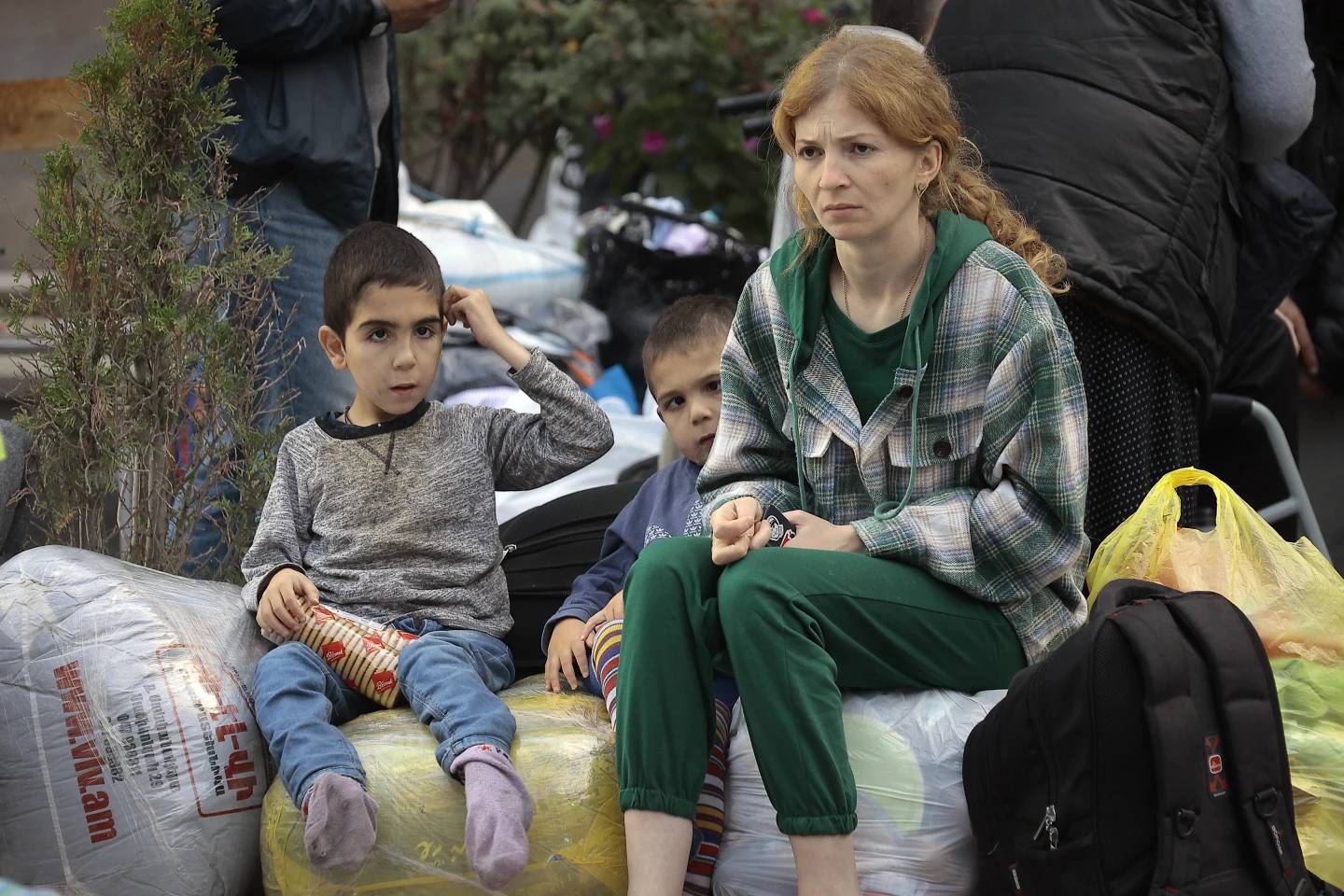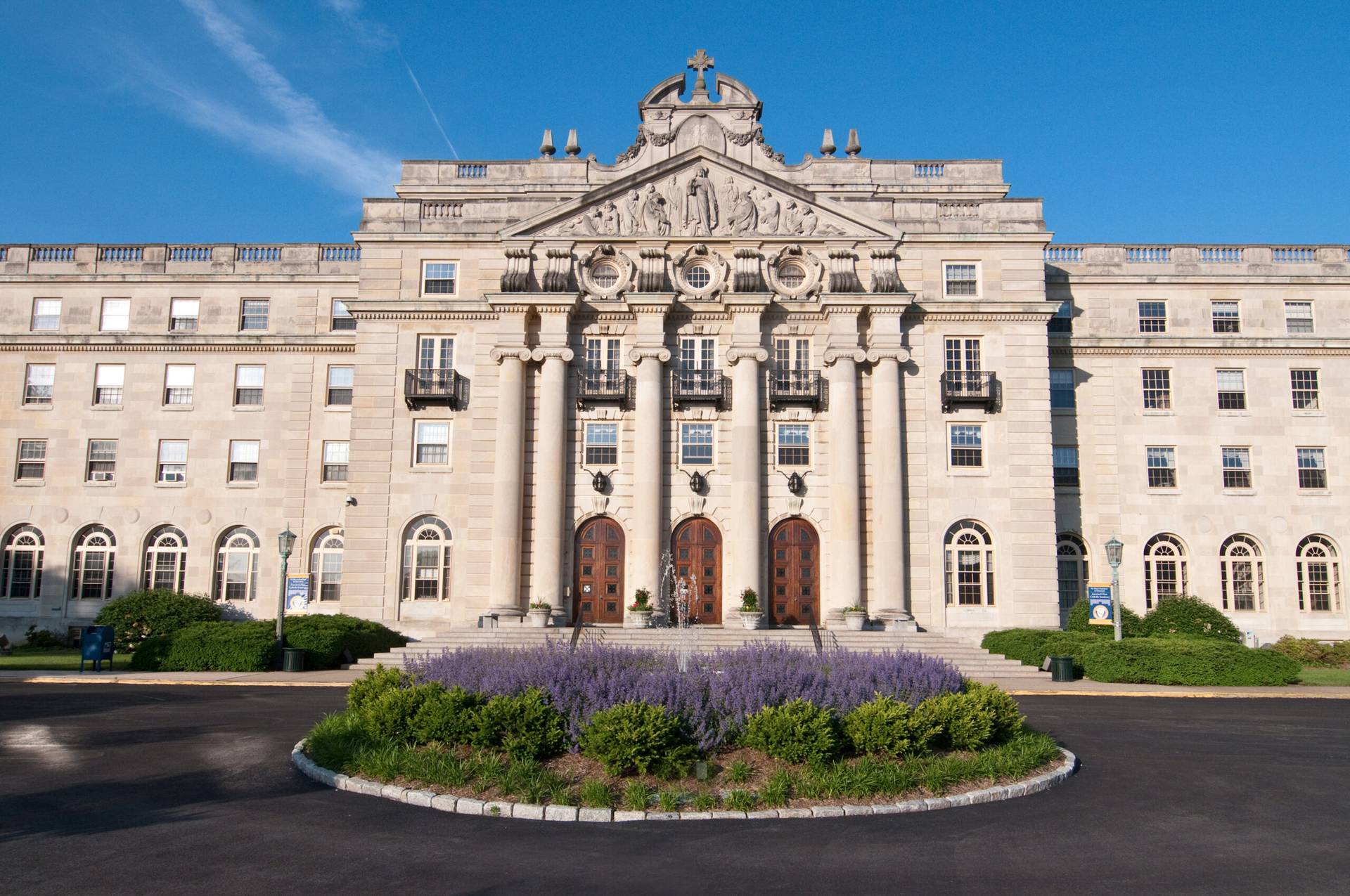The number of Catholics in the U.S. Congress has been steadily rising for the past 50 years, a Pew research study finds. While the number of Protestants in Congress has been declining, dropping from 75 percent in 1961 to 56 percent today, the share of Catholics has increased from 19 percent to 31 percent in the same time frame.
The Congress has remained unvaried overall from a religious standpoint. The 115th Congress counts 91 percent of members who identify as Christians, comparable to the 95 percent of Christian members in 1961-62.
The new Congress will count four more Catholic members compared to the previous one. The total number of Catholics in the 115th Congress is 168.
The freshman class in Congress reflects the trend. Of the 62 members that will be joining the 115th Congress nearly half are Protestant and about a third are Catholic.
The 293 Republicans elected to serve in the new Congress overwhelmingly identify as Christians, with the only two exceptions being Lee Zeldin of New York and David Kustoff of Tennessee, who are Jewish and serve in the House.
Democratic members also identify as Christian for the majority – 80 percent – but register a higher number of other denominations in their midst. Of the 242 Democrats in Congress 28 are Jews, three are Buddhist, three are Hindu, two are Muslim and one is a Unitarian Universalist.
The Democratic party counts among its numbers the only religiously unaffiliated member of Congress – Rep. Kyrsten Sinema, D-Ariz.
The study found that only 27 percent of Republicans in the new Congress are Catholic while 67 percent identify as Protestant.
Surprisingly the disparity is less stark in the Democratic Party, where 37 percent of members identify as Catholics and 42 percent identify as Protestants.
Democrats are less Protestant than Republicans by 25 percentage points, the Pew study found. This is partly due to the fact that the share of Catholics among Democrats in Congress is 10 points higher than the share of Catholics among Republicans in Congress.
The number of Catholics has been steadily growing in Congress for the past 50 years. Today one third of the House members identify as Catholic and 24 percent of members of the Senate.
The Pew analysis also found that certain religious groups are over-represented in Congress. Jews for example, make up only 2 percent of the U.S. population but account for 6 percent of Congress.
Catholics and Protestants also have a higher representation in Congress than in the population with Catholics making up 31.4 percent of Congress while being only 21 percent of the population.
Even though the Christian composition of Congress has remained unvaried overall, there have been major changes as to the denominations represented.
The number of Protestants has been steadily declining, reflecting the general decline of the U.S. Protestant population, while Catholics – after a steady surge- now comprise more than 31 percent of Congress.














